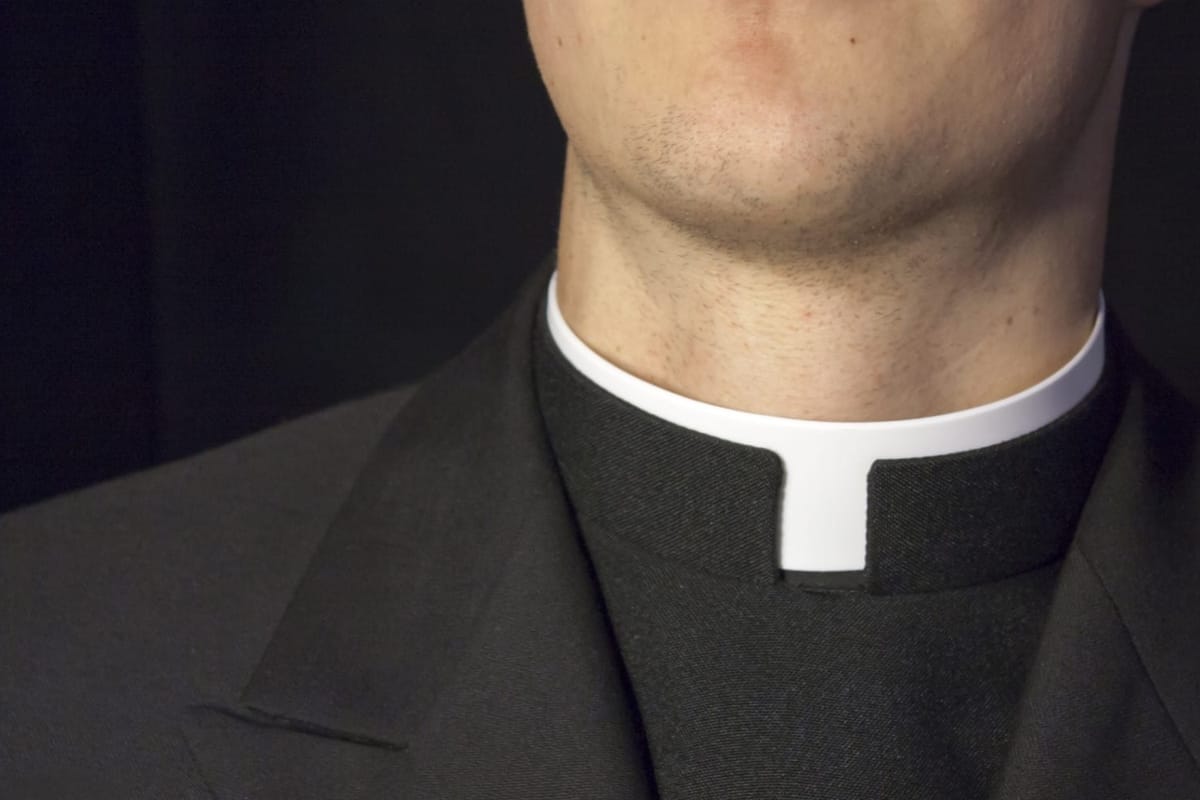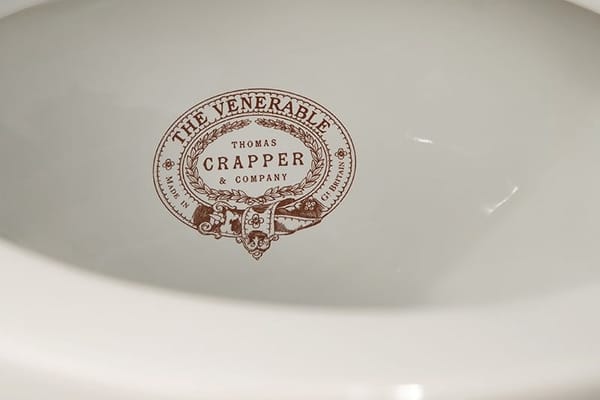The Clerical Collar
Your beauty should not come from fine clothes, but from the unfading beauty of a gentle and quiet spirit.

Key words
- Attire: clothes, especially of a particular or formal type
Jeans are not appropriate attire for a wedding.
- Clerical: relating to a priest or priests
The first known use of the term 'clerical collar' was in 1948
- Signify: to make something known; to show
The number 30 on a road sign signifies that the speed limit is 30 miles an hour.
- Garment: a piece of clothing
Many of the garments have the customers' name tags sewn into the linings.
- Distinctive: Something that is distinctive is easy to recognize because it is different from other things
She has a very distinctive voice.
Read the article to find the answers
- What attire did the Apostles wear?
- When was the clerical collar invented?
- Who founded Presbyterianism?
- What do Presbyterians believe about the Olivet Discourse?
Christian Attire
Early Christians, including the apostles, wore the same clothes as everyone else. After Christianity was legalised under Constantine, the clergy began to wear white robes and over the centuries, their dress became more and more distinctive.
The Council of Trent formalised many clerical practices, including dress. It decreed that the clergy should wear distinctive clothing, with the cassock becoming the standard everyday garment to signify the humility of the lower ranks. The mitre, a tall, pointed headdress, and the chasuble, a richly ornamented outer garment made of fine fabrics and symbolic colours, were used to signify the authority of higher ranks such as bishops.
The Clerical Collar
In Britain in the 1800s, the Anglican clergy adopted a distinctive clerical dress. This began with a black coat and white tie. A Presbyterian minister, the Reverend Donald McLeod, is credited with creating a simple, detachable white collar to replace the tie and distinguish the clergy from the general population, which became known as the 'clerical collar'. Although it started with Presbyterians, many other Christian denominations, including Anglicans, Lutherans, Methodists and even Catholics, began to use it.
Presbyterians
John Calvin, a prominent leader of the Protestant Reformation, laid the foundations of Presbyterianism. He founded a church in Geneva, Switzerland, where John Knox, a Scottish priest and former Catholic, studied before returning to Scotland to form his own brand of Christianity, Presbyterianism, and lead the Scottish Reformation against Catholicism.
Scottish immigrants took Presbyterianism to North America, from where it spread around the world through missionaries, particularly in Africa, Asia and Latin America. Many Presbyterians define themselves as partial preterists.
Partial preterism is the belief that many of the prophecies of the New Testament, especially those in the Olivet Discourse, were fulfilled in the first century AD, especially with the destruction of Jerusalem in 70 AD. Influential theologians such as R.C. Sproul have supported this interpretation. However, partial preterists believe that the Day of Judgment was not just for the nation of Israel in the first century, as described in the Bible. They believe that the judgement, which was promised to be imminent, has been delayed by thousands of years, but is still an imminent future event for the whole planet.
Discussion questions
- Do you have any questions about any of the vocabulary or grammar in this article?
- Are you interested in fashion?
- Do people in your country wear clothes that indicate their social status?
- Do you know any Presbyterians?
- What do you think of the Olivet Discourse?

Book a Lesson
Improve your English language communication skills by practicing with a qualified and experienced native speaker.





